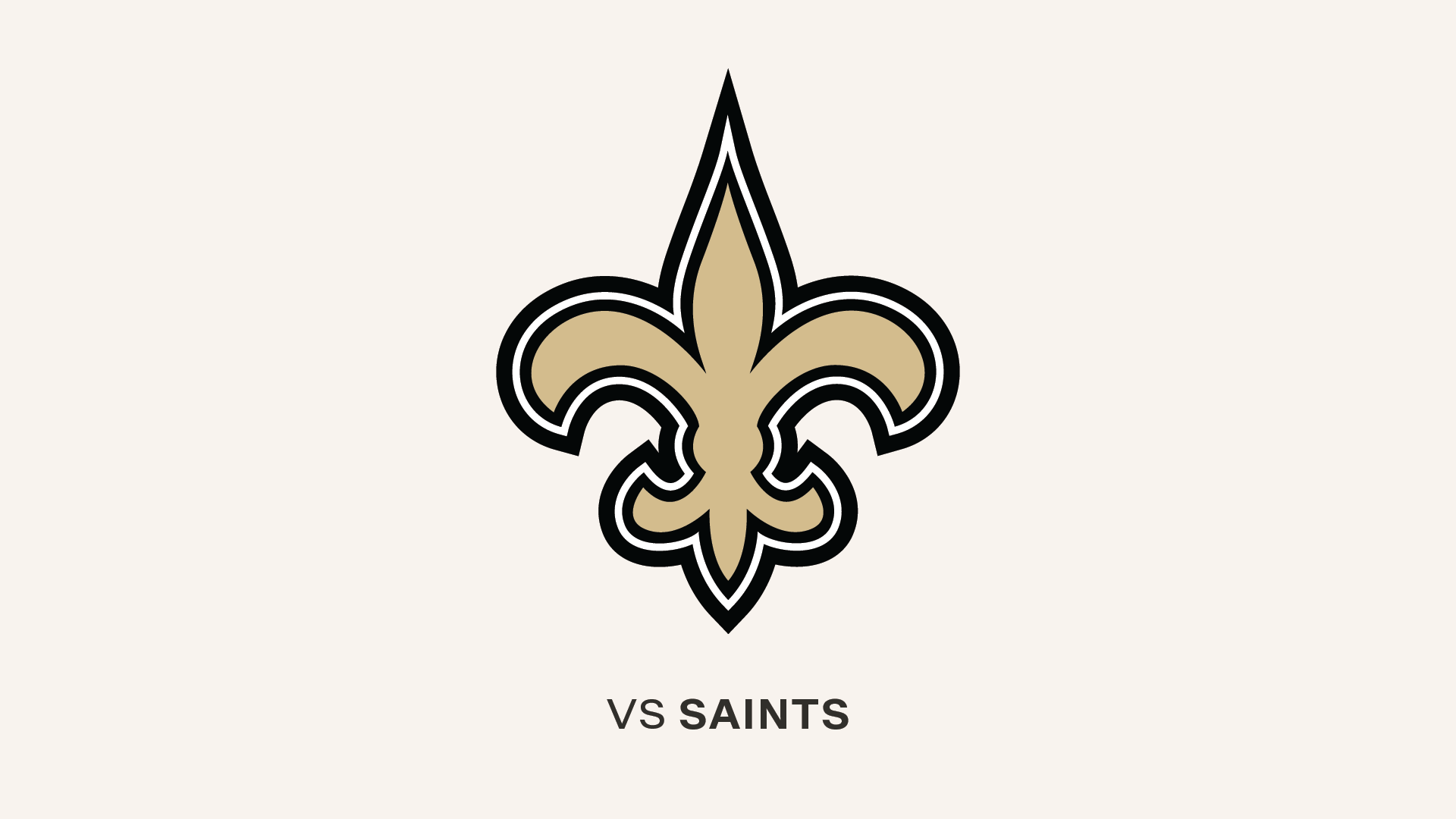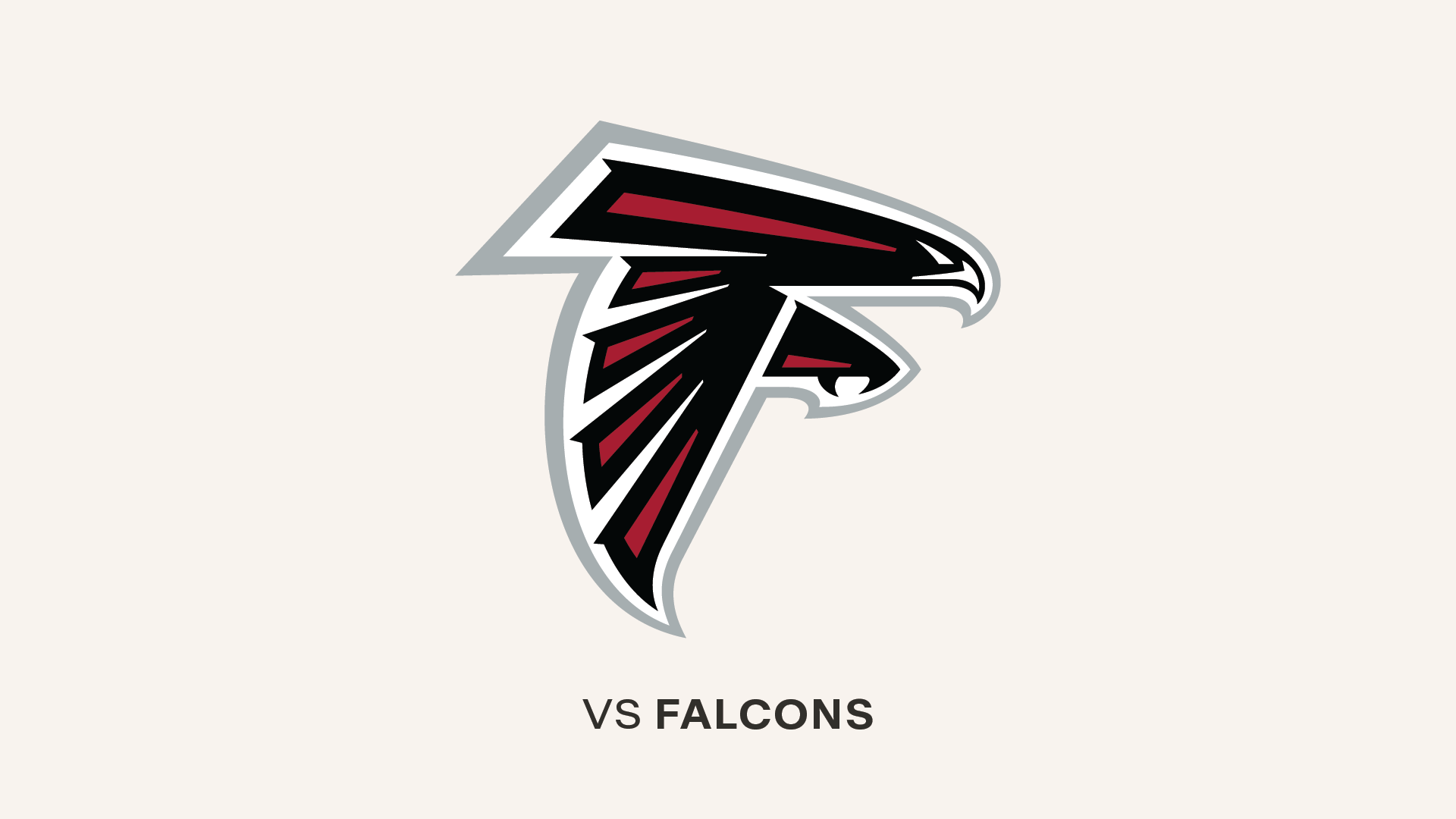Big plays from RB Warrick Dunn are often important facets in a Buccaneer victory
The statistic currently making the rounds concerning the Tampa Bay Buccaneers is probably no more than a novelty: the Bucs are 5-0 in games this season that have begun at 1:00 p.m., 0-4 in all games kicking off later than that.
It is certainly an interesting stat, and one that gives you pause before this Sunday's 4:00 p.m. game against the Green Bay Packers, but it is likely just a coincidence. You can bet that Head Coach Tony Dungy doesn't believe there's any reason for his team to play better at one than it does at nine.
That being said, there are some stats, more deeply buried amid the blizzard of numbers generated by NFL football, that can be quite telling. Let's examine a few.
Under Head Coach Tony Dungy Tampa Bay is 1-14 when it allows an opponent rusher to gain over 100 yards.
On October 13, 1996, Dungy got his first victory as an NFL head coach when his Buccaneers defeated his former team, the Minnesota Vikings, 24-13. In that contest, Viking back Robert Smith blasted for 133 rushing yards.
Since that game, Dungy's Bucs have not won a single game in which they have allowed an opponent rusher to get to the magical 100-yard barrier. The next time you hear Dungy and his loyal subjects explaining why stopping the run is their number-one goal, even when the opponent has a prolific passer, you'll know why. For instance, while QB Brett Favre is the Packers' scariest weapon, Dungy believes the key to containing Favre is getting the running game in check first.
"You definitely don't want him to get in his rhythm," said Dungy. "I think the games where we started out with good run defense and forced them to throw a lot have been to our favor. When he's throwing when he wants to and has us off balance and we're not able to rush him, then it becomes a long day."
This season, Washington' Stephen Davis and Detroit's James Stewart each put up 100-yard rushing games against the Bucs, and each were part of a winning effort. Stewart had managed just 13 yards in the Bucs' win at Detroit in September, but he barreled for 116 when they hooked up again in October in Tampa, and the Lions earned the season split.
When Shaun King puts the balls in the right hands, the Bucs win.
You may have heard parts of this one before. King's statistics in Tampa Bay's five wins this season are vastly superior to what he accomplished in the four losses. In fact, the numbers work out to a 56.8 passer rating when the Bucs' lose and a 105.1 mark when they win.
But let's be more specific. There aren't appreciable differences in King's completion percentage or his passing yards per game totals when the Bucs win or lose. The indicator seems to be almost solely how well King keeps his TD-INT ratio up. In Tampa Bay's five wins, he has thrown 11 touchdown passes and just one interception, versus two TDs and six picks in the four losses.
And that's not confined to just this season. King had a fairly brief debut last year as a rookie, but if playoffs are counted, he did start a total of seven games. The Bucs won five of those seven, and King threw seven touchdowns versus four interceptions in the five victories. In the two losses? No touchdowns, three picks.
It may be even simpler than that…just get the ball into the end zone twice, Shaun. In the five games of his NFL career in which he has thrown at least two touchdown passes, the Buccaneers are 5-0.
Big plays turn the tide for Tampa Bay.
As thrilling as a deep completion to Jacquez Green or a breakaway run by Warrick Dunn are, they may also be necessary for the Bucs to win consistently.
Over the last three seasons, the period during which the Buccaneers have charted this statistic, Tampa Bay has a clear edge in 'big plays' in games in which it has won, and a deficit of big plays in its losses. Somewhat arbitrarily defined as runs of 10 or more yards or passes of 20 or more yards, big plays allow a team to build a scoring drive without constant having to convert third downs.
In its five wins this year, the Buccaneers' offense has come up with 32 big plays while the defense has allowed just sixteen. That's an average of over six long-gainers a week in the victories. In the four losses, the difference is notable: 18 big plays for the offense, 19 against the defense.
That trend continues what had occurred in both 1998 and 1999. In '98, the Bucs had a 57-41 big-play edge in its 11 wins and a 22-26 deficit in its five losses. In '99, Tampa Bay's offense outdid opponents in that department, 50-29, in the team's eight wins but were on the short end in the eight losses, 34-37.
*
There are some other interesting notes buried in the Bucs' stat books, even if they don't have a direct correlation with wins and losses. For instance, did you know…
…the Bucs' defense has been nearly impenetrable when the opponent's offense faces a third down of more than 10 yards?
It may have seemed like the Atlanta Falcons were converting a lot of very long third downs last Sunday, but only one was longer than 10 yards. When QB Danny Kanell completed a 20-yard pass to WR Tim Dwight on third-and-11 in the third quarter, it represented the longest third-down conversion against Tampa Bay this season. Prior to that play, Buc opponents were 0-for-21 in tries of over 10 yards (the Falcons later failed on a third-and-20 to make Buc foes 1-23 overall this season).
…Tampa Bay's defense has done a nearly incredible job of keeping the offense's turnovers from translating into points?
Buccaneer opponents have started 22 drives inside Tampa Bay's territory this season, most of those due to giveaways on offense (not to mention some early-season long kick returns). Stunningly, only 10 of those drives, or 45.4%, have translated into points for the enemy.
Of those 22 short-field drives, just five have resulted in touchdowns against Tampa Bay, and another five have become field goals. Of the 12 drives starting between the Bucs' 30 and 49 yard lines, only one has meant a touchdown for the opposition.

























